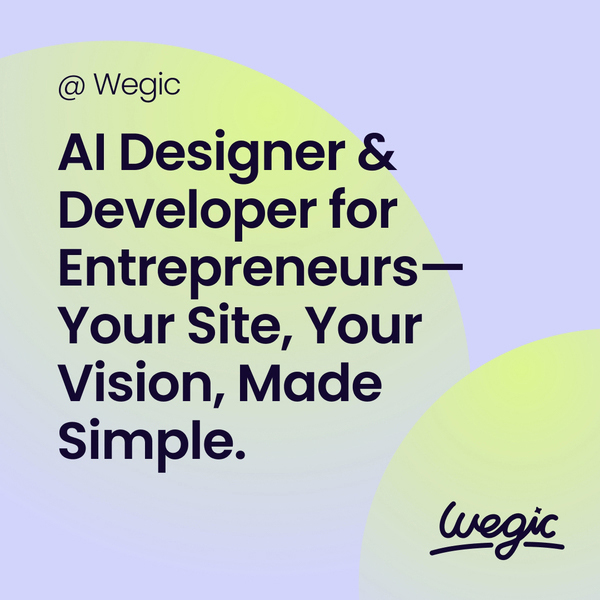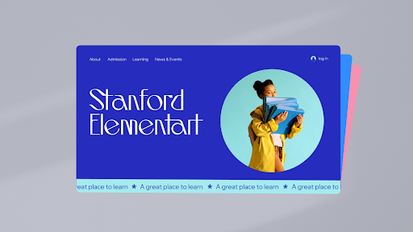A Beginner’s Guide to Web Tool
What Is Web Tool?
Web Tool
Building a website is a crucial step for businesses and individuals looking to establish their online presence in today’s digital age. However, one of the most common questions that arise when embarking on this journey is, “How much does it cost to build a website?” The answer to this question is not straightforward, as there are numerous factors to consider that can impact the overall cost of website development. In this article, we will explore the various elements that contribute to the cost of building a website.

Web Tool Solutions
Web Tool
1. Text Editors
One of the most basic tools for web development is a text editor. Text editors are used to write and edit code for websites. There are many different text editors available, each with its own set of features and capabilities. Some popular text editors include Sublime Text, Atom, and Visual Studio Code. These text editors offer features like syntax highlighting, code completion, and easy integration with other tools.
2. Integrated Development Environments (IDEs)
Integrated Development Environments (IDEs) are comprehensive tools that provide everything a developer needs to build websites. IDEs typically include a text editor, debugger, compiler, and other tools for building and deploying websites. Some popular IDEs for web development include IntelliJ IDEA, Eclipse, and NetBeans. These tools are ideal for developers working on complex projects that require advanced features and capabilities.
3. Version Control Systems
Version Control Systems are essential tools for tracking changes to code and collaborating with other developers. Version Control Systems like Git allow developers to track changes to their code, revert to previous versions, and merge code from different developers. Git is a widely used version control system that is easy to learn and offers powerful features like branching and merging.
4. Browser Developer Tools
Browser Developer Tools are built-in tools that allow developers to inspect and debug websites directly in the browser. These tools provide information about the structure, layout, and performance of websites. Browser Developer Tools also allow developers to test and optimize websites for different devices and screen sizes. Popular browser developer tools include Chrome DevTools, Firefox Developer Tools, and Safari Web Inspector.
5. Package Managers
Package Managers are tools that help developers manage dependencies and libraries in their projects. Package Managers like npm (Node Package Manager) and Yarn allow developers to easily install, update, and remove libraries in their projects. Package Managers also help developers manage different versions of libraries and ensure that all dependencies are up to date.
6. Task Runners
Task Runners are tools that automate repetitive tasks in the web development process. Task Runners like Gulp and Grunt allow developers to automate tasks like minification, concatenation, and compiling code. Task Runners save time and effort by streamlining the development process and making it easier to build and deploy websites.
7. CSS Preprocessors
CSS Preprocessors are tools that extend the functionality of CSS by adding features like variables, mixins, and nesting. CSS Preprocessors like Sass and Less help developers write more organized and maintainable CSS code. These tools make it easier to style websites and ensure consistency across different pages and components.
8. Code Editors
Code Editors are specialized tools for writing and editing code. Code Editors like CodePen and JSFiddle provide a lightweight and easy-to-use environment for writing HTML, CSS, and JavaScript code. Code Editors are ideal for quick prototyping and testing code snippets before integrating them into larger projects.
9. Performance Monitoring Tools
Performance Monitoring Tools help developers identify and fix performance issues on websites. Tools like Lighthouse, PageSpeed Insights, and WebPageTest analyze websites and provide recommendations for improving performance. Performance Monitoring Tools help developers optimize websites for speed, responsiveness, and user experience.
10. Cross-Browser Testing Tools
Cross-Browser Testing Tools help developers ensure that websites look and work correctly in different web browsers. Tools like BrowserStack and CrossBrowserTesting allow developers to test websites on multiple browsers and devices simultaneously. Cross-Browser Testing Tools help developers identify and fix compatibility issues that may arise when users access websites from different browsers and devices.
Web app development involves creating software programs that are accessed through a web browser. Unlike traditional desktop applications that are installed on a user’s device, web apps are hosted on a server and can be accessed from any device with an internet connection. This makes them highly versatile and convenient for users who need to access their information on-the-go.
The process of web app development starts with defining the project requirements and objectives. This involves understanding the target audience, the goals of the app, and the features that will be included. Once the requirements have been gathered, the next step is to create a wireframe or mockup of the app to visualize the layout and design.
After the wireframe has been approved, the development team can start coding the app. Web apps are typically built using a combination of front-end and back-end technologies. The front-end is responsible for the user interface and user experience, while the back-end handles the server-side logic and database management.
For the front-end development, developers often use HTML, CSS, and JavaScript. HTML (Hypertext Markup Language) is used to create the structure of the web page, while CSS (Cascading Style Sheets) is used to style and layout the content. JavaScript is used to add interactivity and dynamic elements to the app, such as animations and form validation.
In addition to these core technologies, developers may also use frameworks and libraries such as Angular, React, or Vue.js to streamline the development process and enhance the functionality of the app. These tools provide pre-built components and modules that can be easily integrated into the app, saving time and effort for the developers.
On the back-end side, developers use server-side languages such as Node.js, Ruby on Rails, or Python to handle the business logic of the app. These languages allow developers to create APIs (Application Programming Interfaces) that communicate with the front-end and database, enabling data to be stored, retrieved, and manipulated.
Databases are an essential component of web app development, as they store and manage the app’s data. Common database systems used in web development include MySQL, MongoDB, and PostgreSQL. Developers use SQL (Structured Query Language) to interact with the database and perform queries to fetch and update data.
Once the front-end and back-end components have been developed, the next step is to test the app for bugs and performance issues. Quality assurance (QA) testing involves checking the app’s functionality, usability, and security to ensure it meets the project requirements and user expectations.
After the app has been thoroughly tested, it is ready for deployment. Web apps are typically hosted on a web server or cloud platform, such as AWS or Azure. This allows users to access the app through a URL in their browser, without needing to install any software on their device.

Getting Started with Web Tool
Web Tool
In today’s digital age, having a visually appealing and user-friendly website is crucial for the success of any business. A well-designed website can help attract new customers, build credibility, and increase conversion rates. However, designing a website is not as simple as it may seem. It requires a strategic and systematic approach to ensure that the final product meets the needs and expectations of both the business and its target audience. In this article, we will discuss the website design process in detail, outlining the key steps involved in creating a successful website.
Step 1: Define the Purpose and Goals
The first step in the website design process is to clearly define the purpose and goals of the website. This involves identifying the target audience, understanding their needs and preferences, and determining the desired outcomes for the website. For example, is the website meant to generate leads, drive sales, provide information, or showcase products and services? By having a clear understanding of the purpose and goals of the website, you can better tailor the design and content to meet these objectives.
Step 2: Conduct Research
Once the purpose and goals of the website have been defined, the next step is to conduct research. This involves analyzing the competition, researching industry trends, and gathering insights into the preferences and behaviors of the target audience. By conducting thorough research, you can gain a better understanding of what works and what doesn’t in your industry, helping you make informed design decisions.
Step 3: Create a Wireframe
After conducting research, the next step in the website design process is to create a wireframe. A wireframe is a visual representation of the layout and structure of the website, showing the placement of various elements such as navigation menus, headers, footers, and content sections. Creating a wireframe allows you to plan the overall design and functionality of the website before moving on to the visual design phase.
Step 4: Design the Visual Elements
Once the wireframe has been finalized, the next step is to design the visual elements of the website. This involves creating a visually appealing and consistent design that reflects the brand identity and resonates with the target audience. Elements such as color scheme, typography, imagery, and layout are carefully considered to create a cohesive and attractive design that conveys the desired message and engages users.
Step 5: Develop the Website
After the visual design has been approved, the next step is to develop the website. This involves coding the design into a functioning website using HTML, CSS, and other programming languages. During the development phase, the website is tested for functionality, responsiveness, and compatibility across different devices and browsers to ensure a seamless user experience.
Step 6: Test and Optimize
Once the website has been developed, it is essential to test and optimize its performance. This involves conducting usability tests to identify any usability issues, testing load times to ensure fast page speeds, and optimizing the website for search engines to improve visibility and accessibility. By testing and optimizing the website, you can ensure that it meets the needs and expectations of users, leading to better engagement and conversions.
Step 7: Launch and Monitor
The final step in the website design process is to launch the website and monitor its performance. This involves deploying the website to a live server, promoting it to the target audience, and tracking key metrics such as traffic, engagement, and conversions. By monitoring the performance of the website, you can identify areas for improvement and make informed decisions to optimize its effectiveness over time.


